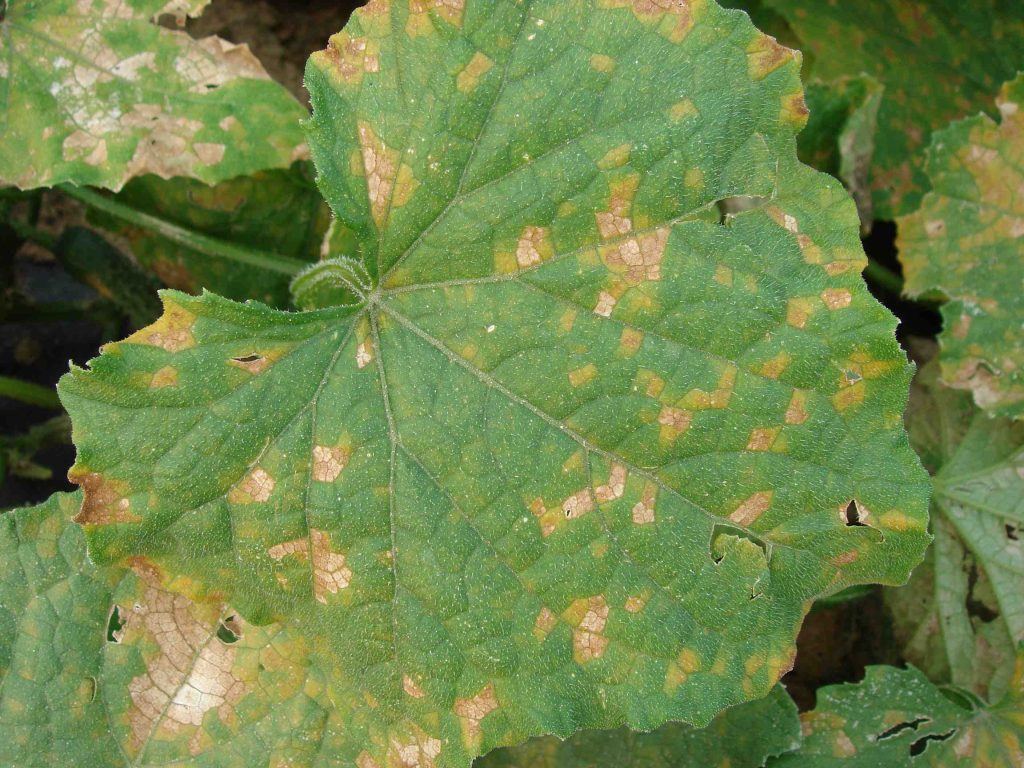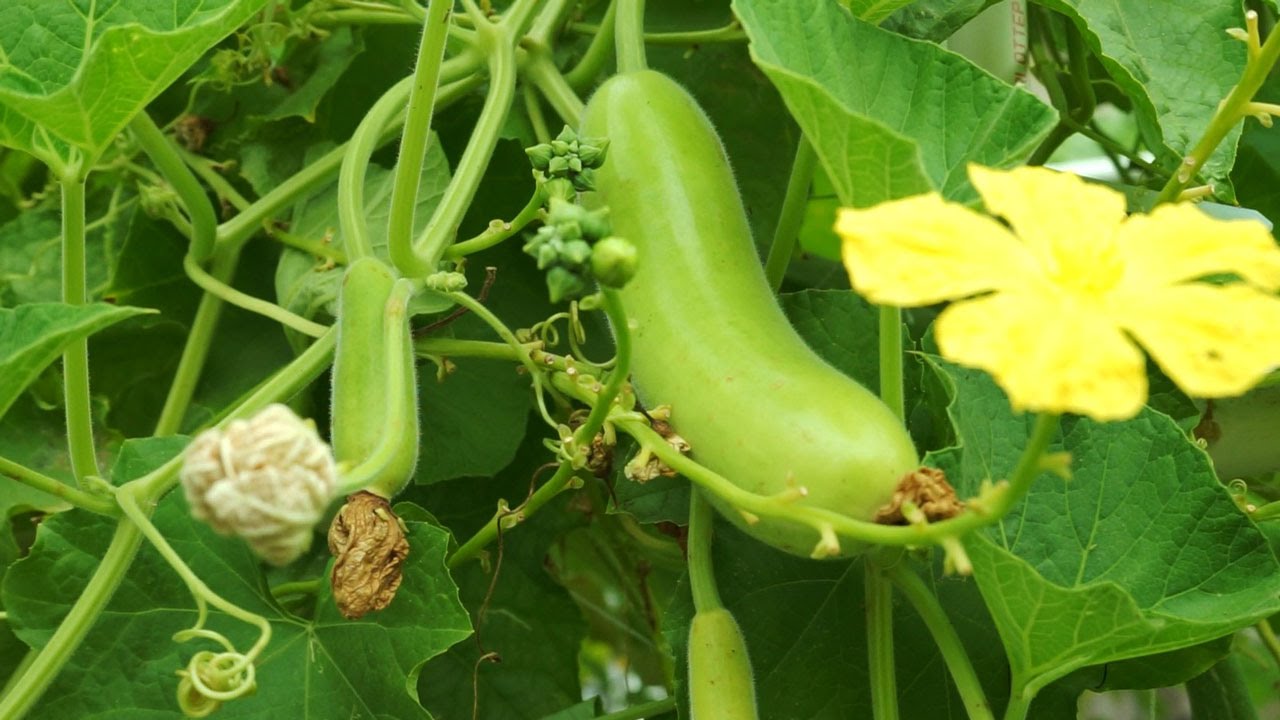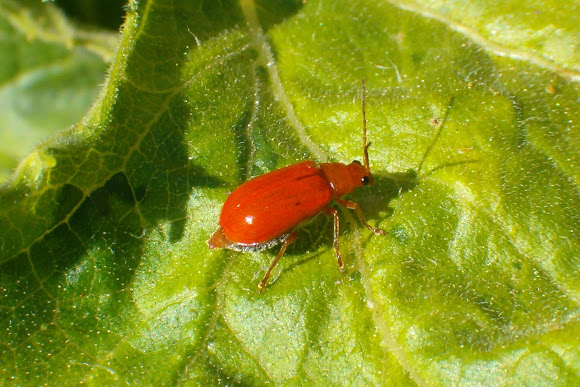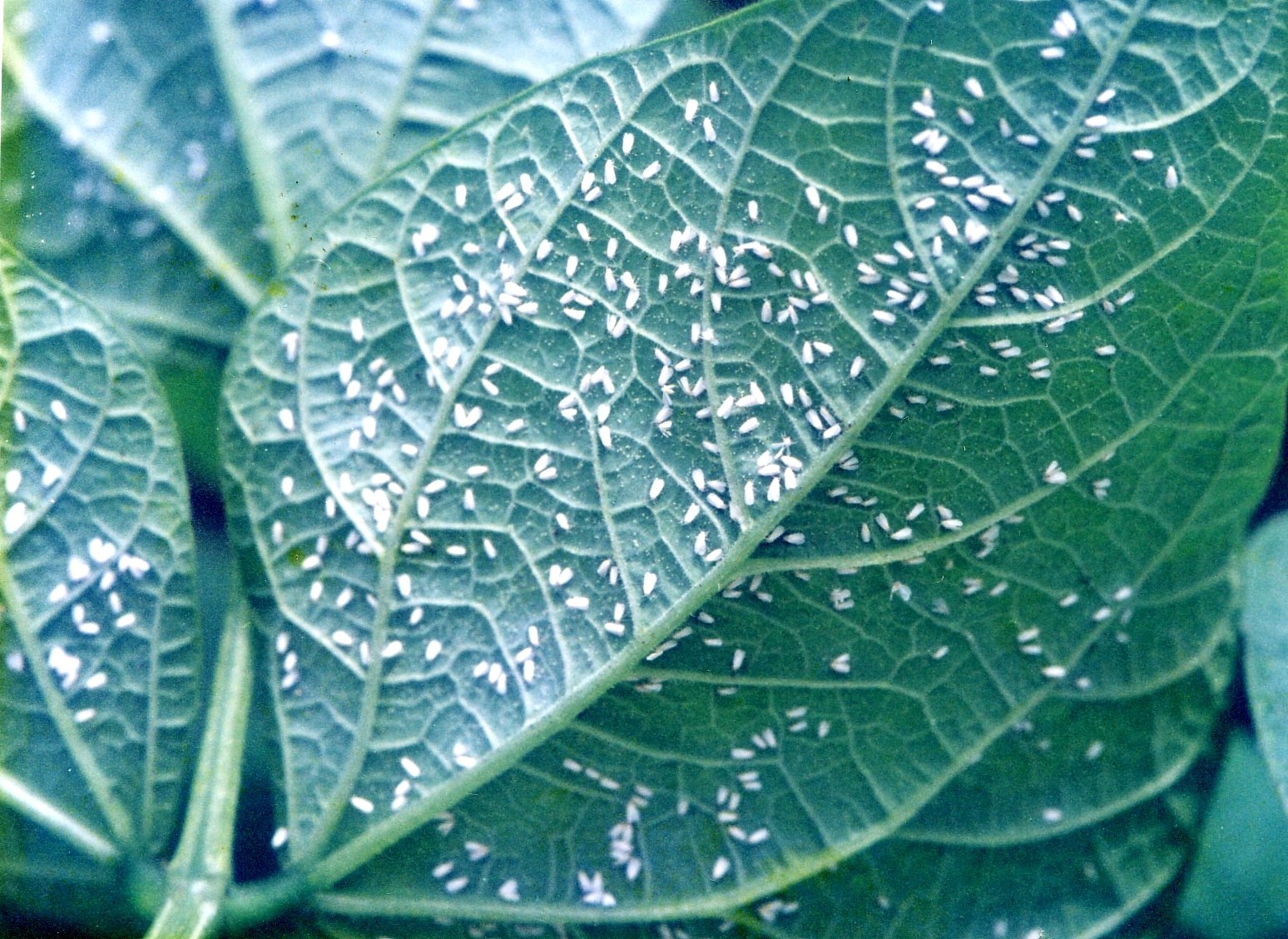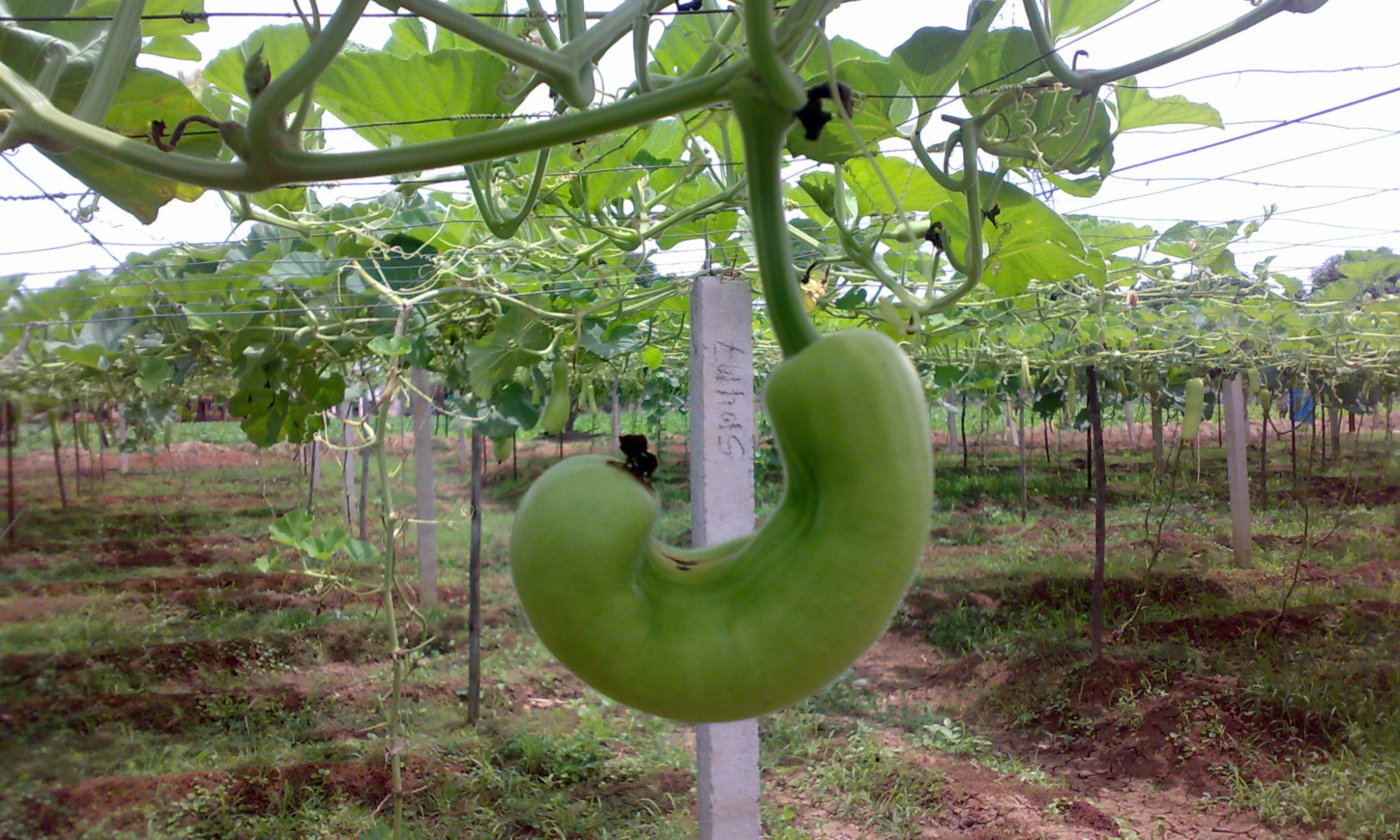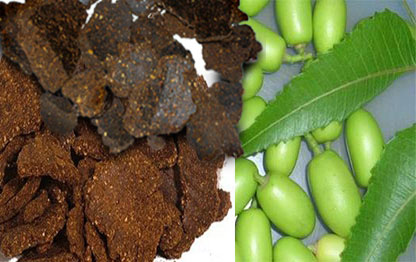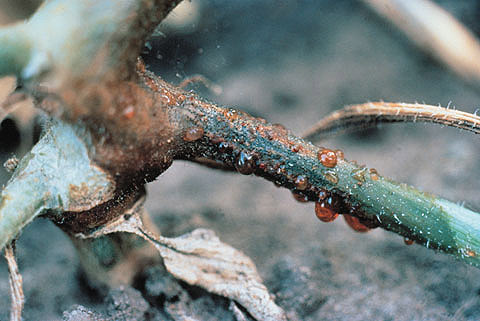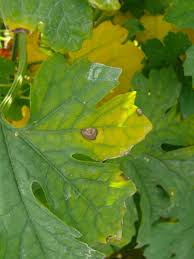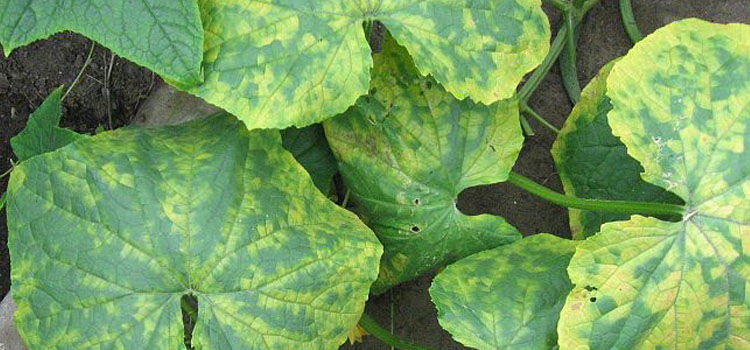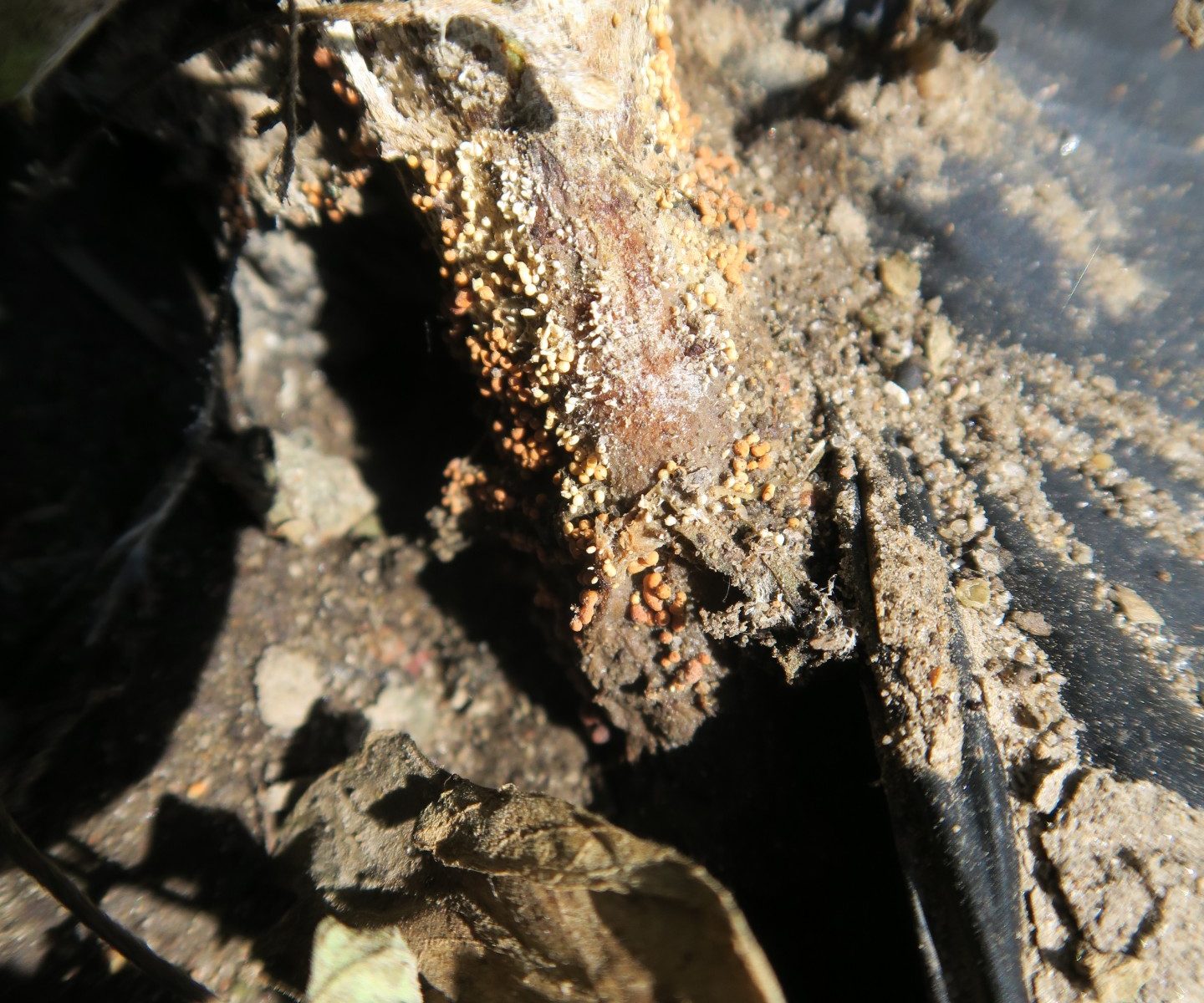- Water soaked lesions appear on under surface of leaf lamina.
- Angular spots appear on upper surface similar to water-soaked lesions.
- Lesions appear first on the older croton leaves and progressively on the younger leaves.
- As the lesions expand, they may remain yellow or become dry and brown.
- Affected vines do not set fruit properly.
- Plucking and destroy of affected leaves.
- Use resistant cultivars.
- Crop rotation and sanitation reduces the severity of the disease.
- Spray with Mancozeb 75% WP @ 350-400 gm/acre or Chlorothalonil 75% WP @ 200-250 gm/ acre.
Like and share with other farmers by clicking on button below.
Share
